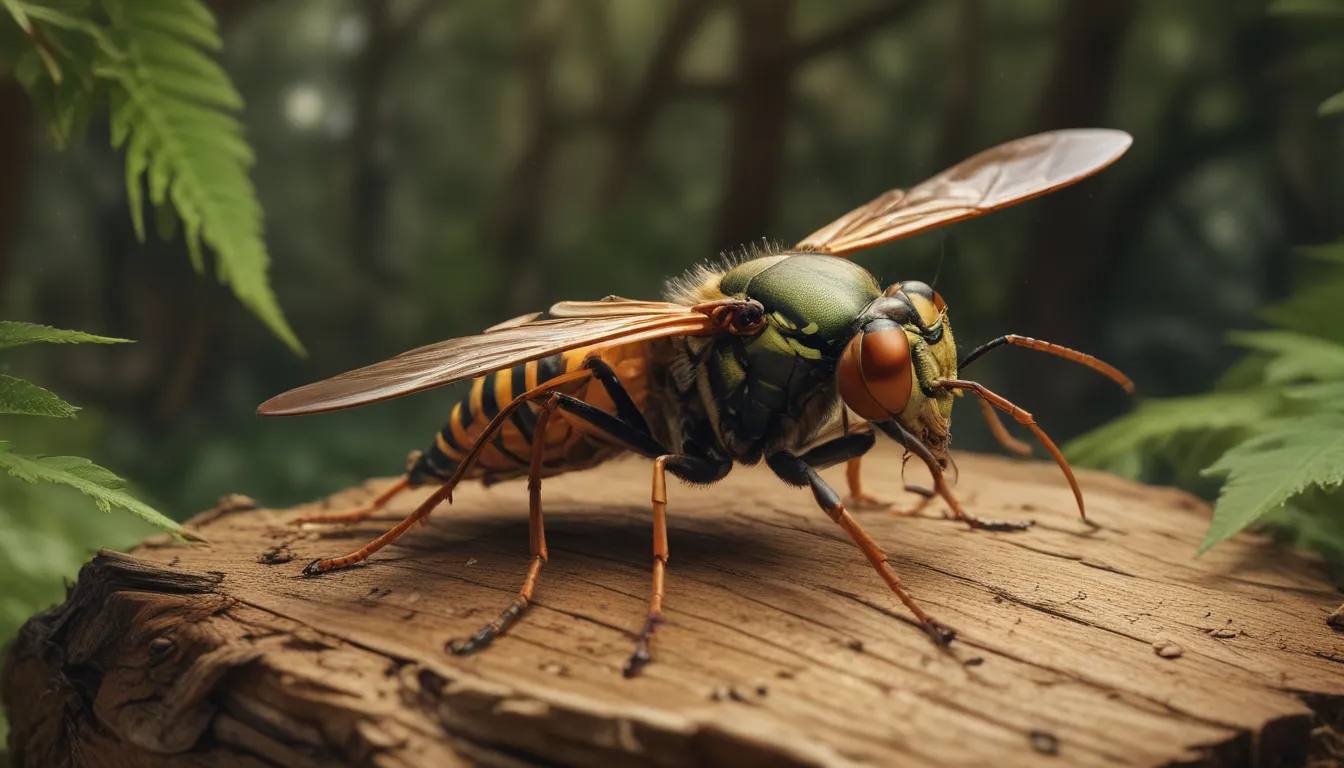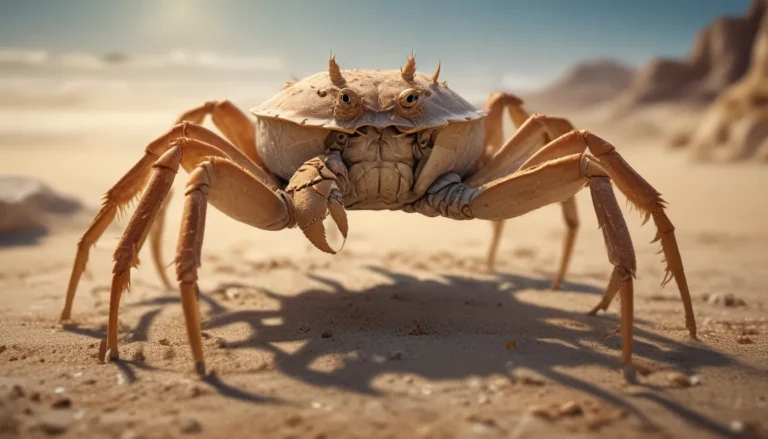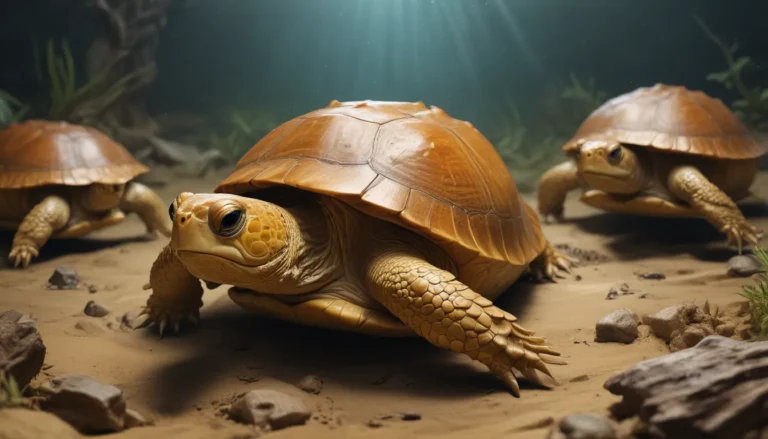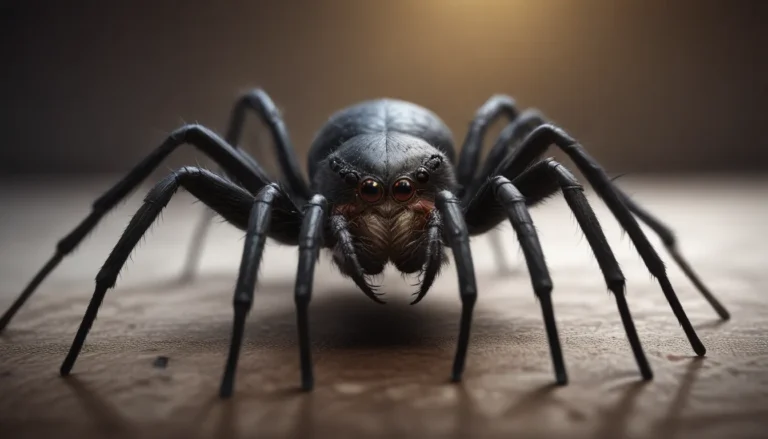The pictures we use in our articles might not show exactly what the words say. We choose these pictures to make you interested in reading more. The pictures work together with the words but don’t take their place. The words still tell you the important facts.
Wood wasps, also known as horntails, are captivating creatures that intrigue us with their unique characteristics and behaviors. Despite their name, wood wasps are not true wasps but belong to the family Siricidae, making them a type of sawfly. In this article, we delve into 18 interesting facts about wood wasps, shedding light on their remarkable adaptations, life cycle, and ecological importance. From their pivotal role in forestry to their intricate reproductive processes, wood wasps offer a mesmerizing glimpse into the insect world and their vital role in our ecosystem.
Discovering the World of Wood Wasps
Wood wasps, often mistaken for actual wasps, serve a crucial function in forests by aiding in the breakdown of dead wood and facilitating nutrient recycling. Despite their intimidating appearance, they are beneficial insects that have existed for millions of years. With their unique ovipositors and solitary nature, wood wasps have evolved to mimic stinging wasps and emit screeching sounds as defense mechanisms. They contribute to pollination and thrive in forests around the globe.
Debunking the Myth
Contrary to their name, wood wasps are not actual wasps but belong to a separate taxonomic group. Despite their physical similarities to wasps, wood wasps have distinct characteristics that set them apart.
Embracing Forest Environments
Wood wasps predominantly inhabit forested areas, where they play a pivotal role in ecosystem functioning by assisting in the decomposition of dead wood. Their presence is vital for maintaining the health of forest ecosystems.
The Females’ Impressive Adaptation
Female wood wasps possess a distinctive ovipositor, which they use to drill into wood to lay their eggs. This ovipositor is often mistaken for a stinger, adding to their intriguing appearance.
Solitary Lifestyle
Wood wasps are solitary insects that prefer to live and reproduce independently, unlike social wasps or bees that form colonies. Their solitary nature influences their behavior and life cycle.
Unveiling Lifespan Secrets
The lifespan of a wood wasp can vary, with an average life expectancy of three to four weeks. However, some species can live for several months, showcasing the diversity within this insect group.
Benevolent Insects
Despite their fierce appearance, wood wasps play a beneficial role in the environment. By breaking down decaying wood, they aid in nutrient recycling, contributing to the overall health of forest ecosystems.
Masterful Flyers
Wood wasps possess powerful wings that enable them to fly swiftly and effortlessly through forested landscapes. Their agility in flight allows them to navigate vast areas in search of suitable habitats and food sources.
Dietary Preferences
Wood wasps primarily feed on plant sap and nectar, utilizing their specialized mouthparts to extract essential nutrients from plants. Their feeding habits support their growth and development.
Mimicking for Survival
Certain wood wasp species have evolved to mimic stinging wasps in appearance, capitalizing on the protective advantage associated with being mistaken for a dangerous insect. This adaptation aids in their survival.
Metamorphic Marvels
Similar to butterflies, wood wasps undergo complete metamorphosis, progressing through distinct life stages: egg, larva, pupa, and adult. This transformative process shapes their development.
Larval Woodworkers
Wood wasp larvae possess powerful mandibles that they use to tunnel into wood, creating galleries where they reside and undergo development until they emerge as adults. Their boring activities are essential for their survival.
Defense Strategies
When threatened, wood wasps can emit a loud screeching sound by rubbing their legs against their abdomen, deterring potential predators. This unique defense mechanism showcases their adaptability.
Global Residents
Wood wasps have a widespread distribution, with various species inhabiting diverse regions across the Americas, Europe, Asia, and Africa. Their adaptability to different environments highlights their resilience.
Vibrant Color Palette
Wood wasp species exhibit a range of colors, including black, brown, yellow, and metallic shades. Their diverse coloration serves purposes such as camouflage or warning potential predators of their presence.
Structural Concerns
Wood wasp larvae can cause damage to wooden structures by tunneling into the wood, potentially weakening the structural integrity of objects and buildings. Their presence can pose challenges for humans in specific cases.
Pollination Partners
While feeding on plant nectar, wood wasps inadvertently facilitate pollination by transferring pollen from one flower to another. Their role in the pollination process supports plant reproduction and ecosystem health.
Predatory Protection
Due to their intimidating appearance and ability to emit a screeching sound, wood wasps have few natural predators. This advantage allows them to thrive in their respective habitats without significant threats.
Ancient Origins
With a long evolutionary history, wood wasps have existed for millions of years, as evidenced by fossil records. Their ability to adapt to changing environments showcases their resilience and longevity as a species.
Embracing the Enigma of Wood Wasps
In conclusion, exploring these 18 fascinating wood wasp facts offers a glimpse into the captivating world of these unique insects. From their intricate ovipositors and solitary lifestyle to their essential role in decomposition, wood wasps are remarkable creatures that contribute to the delicate balance of ecosystems. Their ability to mimic stinging wasps and emit screeching sounds exemplifies their evolutionary adaptations that have allowed them to survive for millennia. Researchers and nature enthusiasts worldwide continue to be captivated by the enduring appeal of wood wasps and their significance in the natural world.
Delving Deeper into Wood Wasp Wonder
The wood wasp occupies a significant place in nature, showcasing extraordinary features and behaviors that warrant further exploration and appreciation. Whether you were intrigued by their drilling abilities or their diverse coloration, wood wasps offer a wealth of insights into the complexity of insect life. By developing a deeper understanding of these insects, we can cultivate a greater appreciation for the intricate web of life that sustains our planet.
Illuminating Insights
-
What is a wood wasp? A wood wasp, also known as a horntail or sawfly, is a solitary insect that nests in wood. They are characterized by their long, narrow bodies and prominent ovipositors used for laying eggs in trees.
-
Are wood wasps dangerous to humans? While wood wasps may appear formidable, they are not typically harmful to humans. They lack venom or stingers, but female wood wasps can deliver a painful bite if provoked.
-
What do wood wasps eat? Adult wood wasps primarily consume nectar, pollen, and sap, while their larvae feed on wood from trees. Their dietary habits support their growth and development.
-
Do wood wasps harm trees? Wood wasp larvae can cause damage to trees by tunneling into the wood. Their impact is generally minimal and tends to affect weakened or dying trees rather than healthy specimens.
-
How long do wood wasps live? The lifespan of a wood wasp varies by species, with adults living for several weeks to a few months. Larval stages can last from one to three years, depending on environmental conditions.
Nurturing Trustworthy Content
In our commitment to providing reliable and engaging content, each fact on our site is contributed by real users, enriching our platform with diverse insights and information. Our dedicated editors rigorously review each submission to ensure the highest standards of accuracy and authenticity. Trust in our dedication to quality and authenticity as you engage with our content and embark on a journey of exploration and learning.






